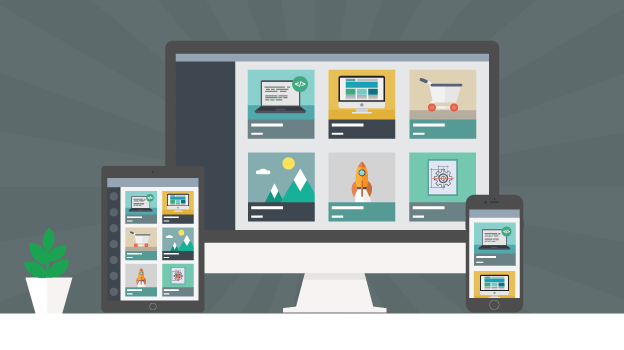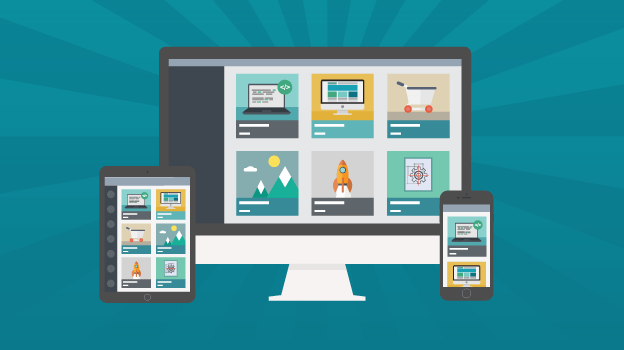
What schools should know before launching an LMS
Launching a school LMS comes with some challenges. After all, the main goal is to customize the best platform for your organization. However, as any LMS project manager knows, preparation is everything. To make things go as smoothly as possible, here are some steps to take before launching an LMS for your school or university:
-
Talk to stakeholders
Stakeholders such as principals and district coordinators don’t ‘just decide about which LMS to use. In fact, they need to be up to date all the time since they are the ones to approve LMS budgets, whether we are talking about a large university or small school. Make sure that they see the benefits of the project, and get constant updates.
-
Build an LMS team
Teamwork makes the (LMS) dream work. An LMS team can be made of IT specialists, edtech coordinators, teachers, school librarians, and other staff members that can pitch in with ideas. However, you can assemble a team of teachers if the school does not have edtech or IT specialist roles.
-
Set clear LMS goals
Knowing what you want to achieve is the most important part before the launch. Do you want to have all grades submitted in the LMS gradebook? Do you want to offer blended learning classes? Or, maybe use the LMS for teacher professional development courses? Write your LMS goals down so you can track progress later on.
-
Learn everything about the LMS
You don’t want to look back and say: why didn’t I know about this feature? After all, you want to get the most out of your new platform. Since you already have the goals, curriculum, and content, take some time to navigate through the LMS, read the administrator or teacher guide, and get help from your LMS provider.
-
Customize your school platform
Students won’t find it appealing if the platform looks like it’s a work-in-progress all the time. Instead, they will be more likely to adopt it if it is customized to match the school’s identity, including the logo, colors, photos, etc. Don’t forget that you can also add custom badges to reward students for completing tasks in the platform!
-
Prepare class content
Again, to ensure adoption, it’s better to have enough content so that students have plenty to do. You can build courses in advance, even if they are not ready to be published yet. The school can also have some announcements or events added, and even some discussion groups or forums to get things started.
-
Map out the student’s experience
Things are less likely to go wrong once you have a clear idea of what a student's learning experience should be like. You can choose for them to receive a welcome message when they first log in. Knowing how they will go from A to B in the platform will also minimize potential issues such as students not knowing how to submit their homework.
-
Set up a pilot program
School districts and larger universities have found it useful to test the platform with a smaller group of students and teachers. This helps the LMS team know if there are any problems that need to be fixed ahead of the full launch. They can also give you valuable feedback for improvement.
-
Train teachers and staff
First, it’s important to note that a user friendly LMS is more likely to be implemented faster. However, to make sure that everyone is on the same page, it’s important to train teachers and staff to use the new LMS. Your LMS provider can be of assistance, and also offer getting started guides.
-
Teach students about the LMS
Depending on your students’ age group, they might need more or less help when learning how to get around the new platform they’re supposed to use in many aspects of their school life. Younger students need more supervision from teachers, while university students can receive a guide on the basics of using an LMS.
-
Communicate with parents
This step is for K-12 schools that want to improve parent-teacher communication. It’s best to choose an LMS that supports parent accounts in which parents can see their children’s grades and communicate directly with teachers. However, you might need to give them more information about the LMS, at a meeting or via email.
-
Make it fun!
An LMS can boost student engagement and add an element of fun to lessons. For example, teachers can add games with points and badges so that they will be more motivated to engage with the platform. Students can also friend other students and set up groups for extracurricular activities, such as sports or theatre.
-
Create anticipation
Finally, as the LMS launch day is approaching, you can leave teasers such as posters on school premises. Send emails to teachers with tips and reminders. You can also make a special announcement on the school’s website or social media pages.
Visit our Blog for insightful posts on edtech for K-12 and Higher Ed.


